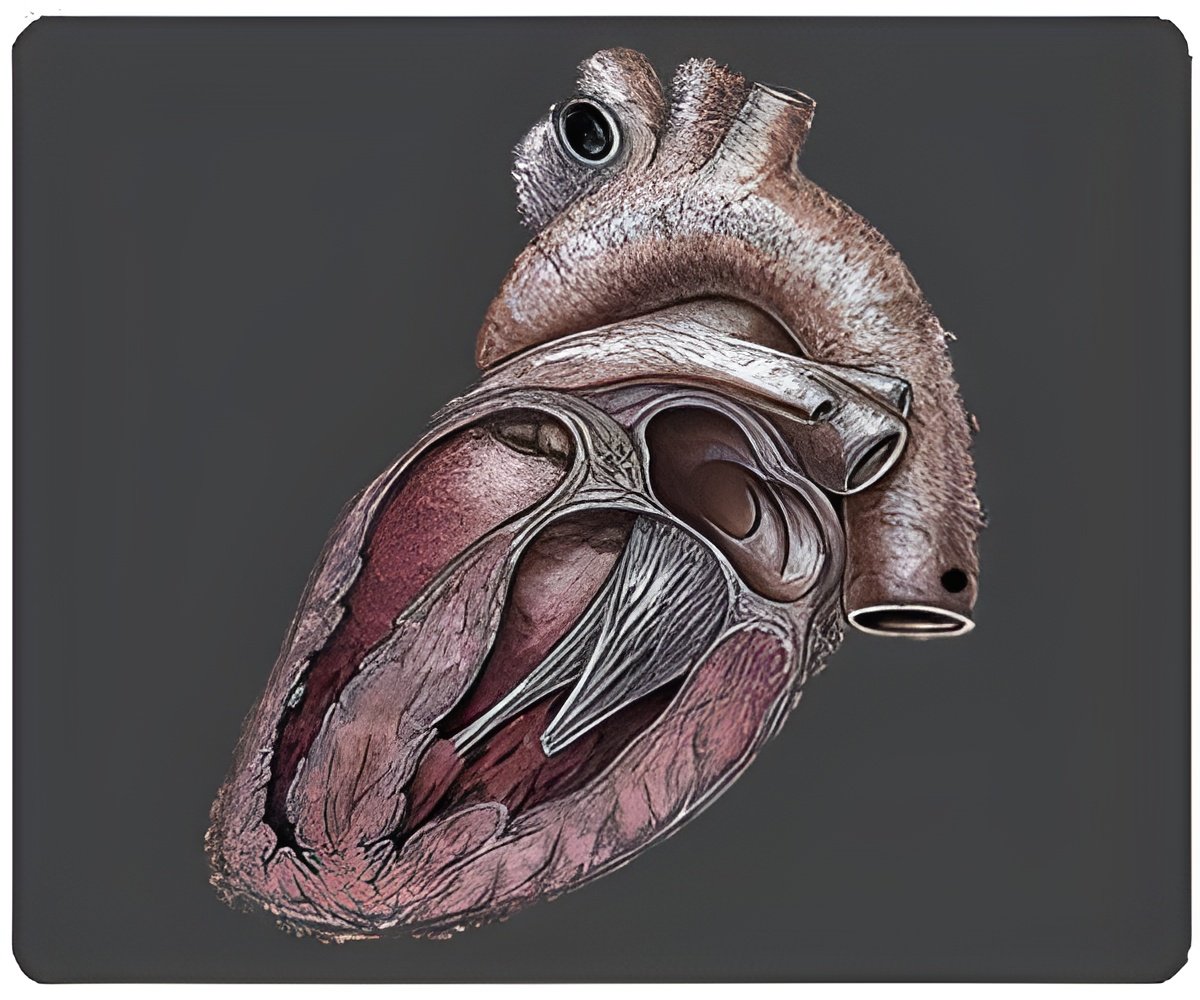Study says the incidence of the life-threatening condition of aortic dissection is significantly higher than in the general population

Hector I. Michelena, M.D., of the Mayo Clinic, Rochester, M inn., and colleagues conducted a study to determine the incidence of aortic complications among patients with BAV and in the general BAV population. The researchers analyzed long-term follow-up data of residents in Olmsted County, Minn., diagnosed with BAV by echocardiography from 1980 to 1999 and searched for aortic complications of patients whose bicuspid valves had gone undiagnosed. The last year of follow-up was 2008-2009. The study included 416 patients with BAV, with average follow-up of 16 years.
Over the study period, aortic dissection occurred in 2 of the 416 patients and the 25-year cohort risk of aortic dissection after echocardiographic diagnosis was 0.5 percent. In a comparison of incident rates, patients with BAV had a 8.4 times increased risk of aortic dissection compared with the county's general population, however, the absolute risk remained low. "The low aortic dissection incidence and lack of association with a detectable reduction in survival is reassuring," the authors write.
Of 384 patients without aortic aneurysms at the beginning of the study, 49 developed aneurysms at follow-up. The 25-year risk of aneurysm formation among BAV patients was 26 percent. Analysis of incidence rates indicated these patients had a 86 times higher risk of aneurysm formation compared with the general population. After aneurysm diagnosis, the 15-year risks of aortic surgery and aortic dissection were 46 percent and 7 percent, respectively. The 25-year risk of aortic surgery after BAV diagnosis was 25 percent.
The researchers also found that the dissection incidence was higher in patients older than 50 years and higher in those with baseline aortic aneurysms, "highlighting the importance of close monitoring and current guideline implementation in these subgroups."
Also, patients with BAV had a 25-year risk of valve replacement of 53 percent. "Our study confirms that aortic valve replacement remains the most common complication of patients with BAV. This highlights the importance of early recognition of BAV by careful cardiac auscultation [listening for sounds made by internal organs to aid in the diagnosis of certain disorders] in order to prevent heart failure due to late valvular surgery referrals, as well as potentially to prevent dissection by elective aorta surgical repair," the authors write.
Advertisement
Advertisement













